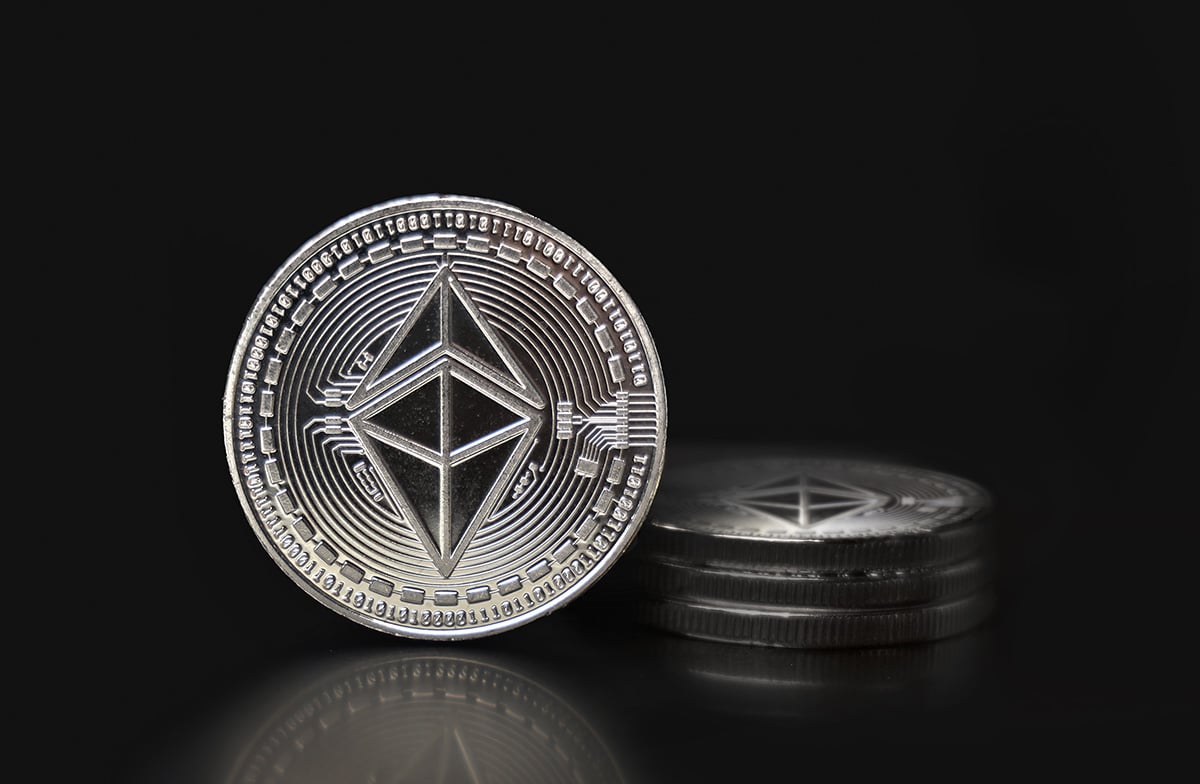Ethereum’s Funding Rate Hits 2024 Low: Implications for ETH’s Future
Ethereum, the second-largest cryptocurrency, has seen its Funding Rate drop to a new low for 2024. This change indicates that traders are feeling less optimistic about Ethereum’s short-term future. Currently, ETH is priced at $2,300, and it’s unclear how this decline will impact its price going forward.
What Is Ethereum’s Funding Rate?
The Funding Rate is a key measure in the futures trading market, showing the cost of holding a long or short position. A positive Funding Rate means long-position traders pay fees to short-position traders, indicating a positive market outlook. Conversely, a negative Funding Rate suggests that short-position traders are paying long-position traders, reflecting a negative outlook.
The recent drop in Ethereum’s Funding Rate indicates waning confidence among traders, with many expecting further price declines.
Bearish Sentiment in the Derivatives Market
The drop in Ethereum’s Funding Rate points to negative sentiment among traders. This decline shows less interest in buying Ethereum with borrowed money, which could signal trouble for its price. If this trend continues without a rise in the spot market, Ethereum could face further price drops, affecting both the market and investors.
The Possibility of a Short Squeeze
Despite the negative signals, Ethereum could experience a short squeeze if prices rise quickly, forcing short sellers to buy back their positions. For this to happen, a significant increase in buying activity is necessary.
Ethereum’s Spot Trading Volume Remains Steady
To counter the negative sentiment in the derivatives market, Ethereum’s spot trading volume is crucial. Recent data indicates that Ethereum has maintained an average spot volume of around $14 billion, suggesting ongoing interest that could help stabilize its price during downturns.
Spot Volume’s Impact on Price Stability
The level of spot trading volume will be key in determining whether Ethereum can hold its price. If spot volumes stay stable or rise, they could counteract selling pressure from short sellers. Conversely, if spot volume falls below current averages, Ethereum may face more downward pressure.
Future Outlook for Ethereum’s Price
The recent decline in Ethereum’s Funding Rate suggests traders are not optimistic about its short-term price. However, factors like a potential short squeeze and consistent spot volume could help keep Ethereum’s price steady.
Investors should monitor the Funding Rate, spot volume, and other important indicators to gauge Ethereum’s future trajectory.
Current Market Sentiment
Ethereum is currently caught between negative sentiment from derivatives traders and steady demand from the spot market. This uncertainty may persist, particularly with potential regulatory changes or shifts in the broader economy.
Will Ethereum’s Network Upgrades Boost Market Confidence?
Despite negative signals from the derivatives market, Ethereum’s long-term outlook hinges on its network upgrades and technological advancements. Changes like the transition to a proof-of-stake system and sharding aim to enhance Ethereum’s performance in decentralized finance (DeFi), improving speed and reducing costs.
While these upgrades are promising, they haven’t yet restored trader confidence. Until they yield tangible results, like improved transaction speeds or lower fees, the current negative sentiment may continue.
Cheap Remote Crypto Mining for you – Click Here
Impact of Outside Economic Factors on Performance
Ethereum’s market performance is influenced by both internal factors, such as network updates and investor sentiment, as well as external economic conditions. Global interest rates, inflation, and regulatory policies can significantly affect price fluctuations. In a struggling economy, the demand for cryptocurrencies like Ethereum may wane, hindering price recovery.
Conclusion
Ethereum presents mixed signals. The negative Funding Rate reflects bearish sentiment, but steady spot volumes indicate support from long-term holders. The potential for a short squeeze adds to the uncertainty, with sudden buying activity capable of shifting market dynamics.
The interaction between Ethereum’s derivatives and spot markets will be critical in the coming weeks. Investors should stay informed about market trends and data to navigate this complex landscape.


